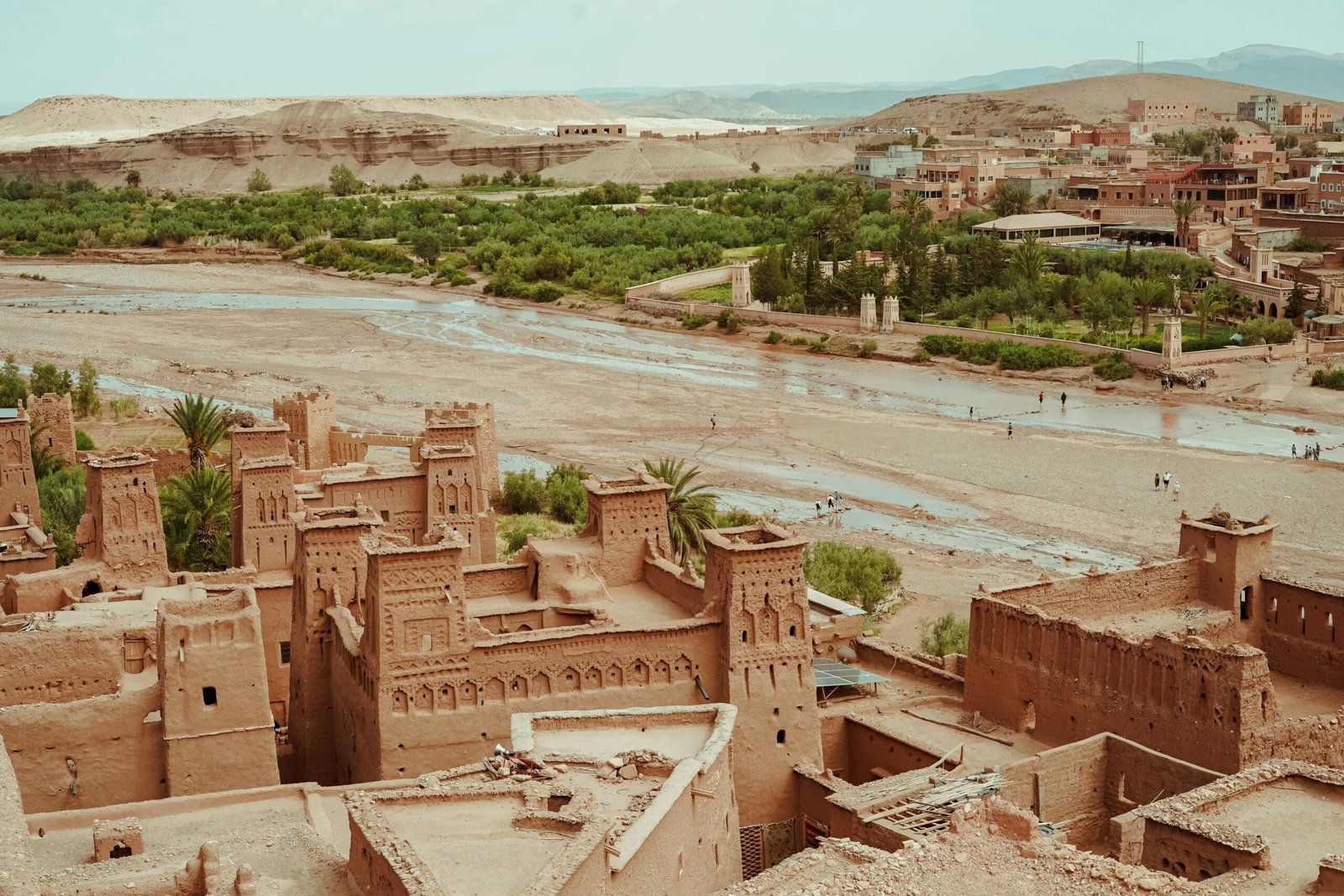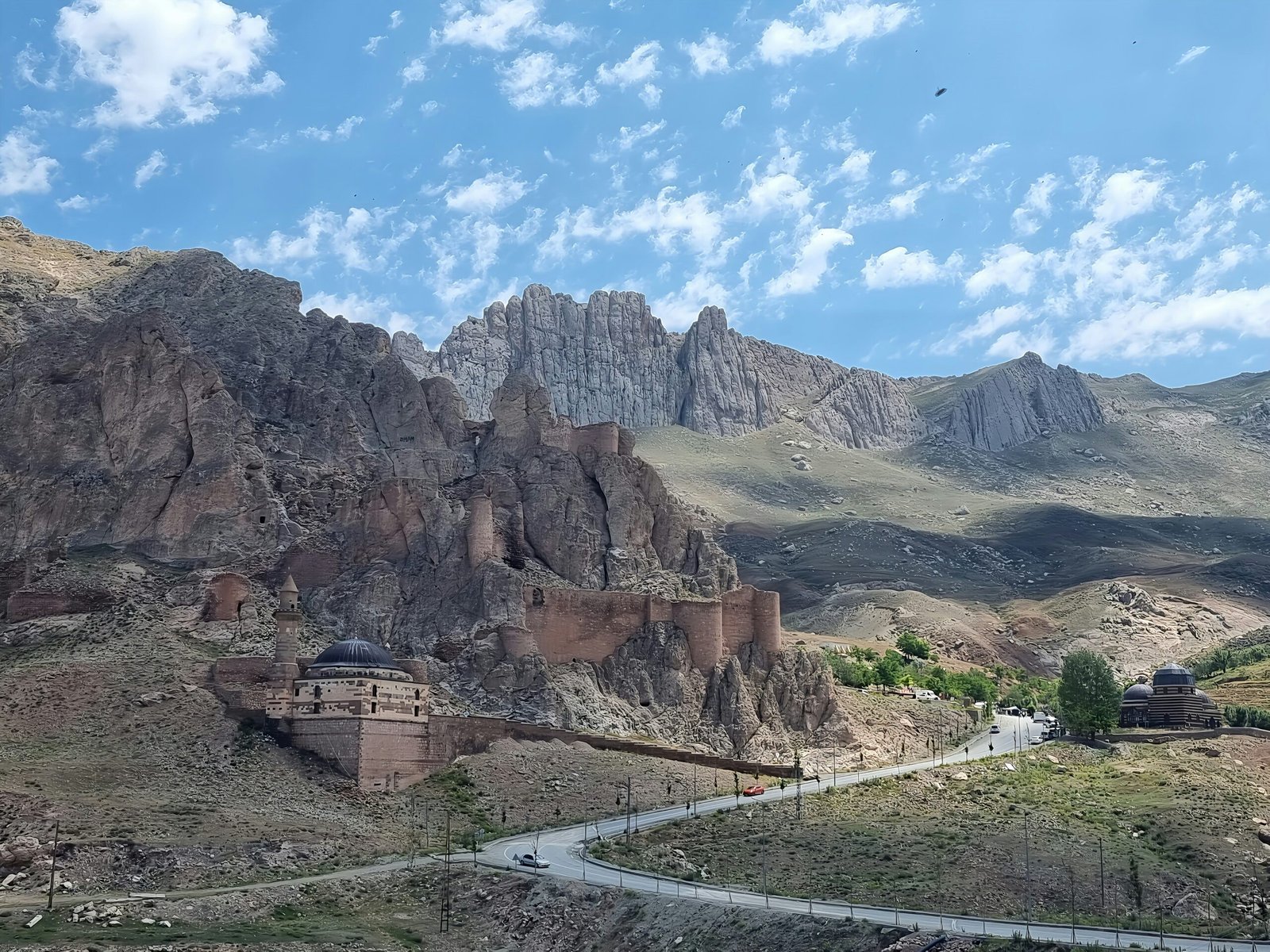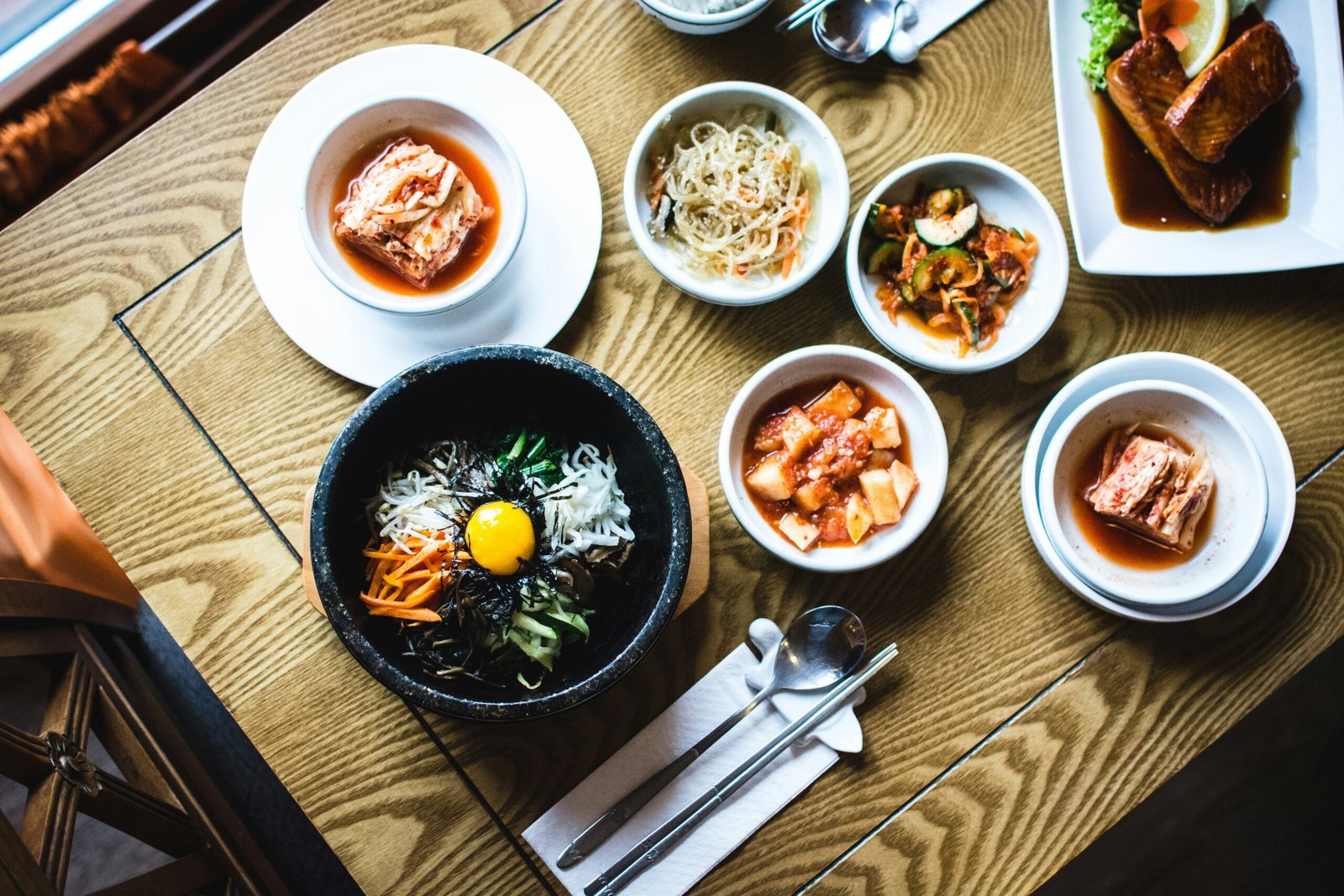Introduction to Jimjilbangs
Jimjilbangs, a unique aspect of Korean culture, are traditional bathhouses that offer a space for relaxation, socialization, and rejuvenation. These establishments have a rich history, dating back to the Goryeo Dynasty (918–1392), when the Korean elite would visit public baths for both hygiene and leisure. Over the centuries, the concept of bathhouses evolved, becoming accessible to a broader audience, eventually transforming into the jimjilbangs we recognize today.
Typically, a jimjilbang features various facilities such as saunas, hot tubs, and massage rooms, alongside gender-segregated bathing areas. The main attraction lies in the communal experience, where visitors can unwind in heated rooms, often infused with natural ingredients such as clay or jade, believed to offer health benefits. Moreover, these bathhouses usually provide relaxation lounges equipped with soothing ambient lighting and comfortable mats, encouraging patrons to socialize or simply enjoy quiet solitude.
The popularity of jimjilbangs among both locals and tourists stems from their multifaceted offerings. They serve not only as a means to cleanse the body but also as a space for community engagement and cultural exchange. Patrons can indulge in traditional Korean snacks, participate in spa services, or even enjoy activities such as board games and singing rooms within the facility. This diverse range of experiences makes jimjilbangs a perfect reflection of the Korean lifestyle, integrating relaxation with social bonding.
In conclusion, jimjilbangs embody an essential part of Korean culture, serving as a sanctuary for relaxation and community interaction. This blend of history and modernity invites anyone seeking a distinctive wellness experience into its welcoming embrace.
What to Expect Inside a Jimjilbang
Entering a jimjilbang offers a unique experience rooted in Korean culture, where traditional practices meet modern facilities. Upon arrival, visitors are greeted by a designated reception area, where they will typically pay an entrance fee and receive a wristband or pass for convenience. The layout of a typical jimjilbang is designed to facilitate relaxation and comfort, catering to various needs and preferences of its patrons.
The space is divided into gender-segregated bathing zones, which often feature large communal baths filled with mineral-rich water. These bathing areas allow for leisurely soaking, providing guests with numerous health benefits. Signs emphasizing modesty and privacy in these sections highlight the culture surrounding these communal spaces. Each bathing zone is likely to include a variety of temperature-controlled baths—ranging from hot to lukewarm—which provide therapeutic experiences that can alleviate stress and promote overall well-being.
In addition to the bathing facilities, a typical jimjilbang houses distinct relaxation areas designed for all genders. These common spaces are typically adorned with soft lighting and comfortable seating, creating a tranquil atmosphere where patrons can unwind after their bathing experiences. Sauna rooms are a key component of the jimjilbang experience, often themed and with varying temperatures. Options might include clay or salt saunas, each boasting unique health benefits through sweating and detoxification.
Moreover, most jimjilbangs offer additional services such as massages and skin treatments, which can enhance the relaxation experience. With snack bars available, visitors can indulge in traditional Korean refreshments, making it convenient to recharge during their time at the facility. The welcoming ambiance and thought-out design of a jimjilbang foster an enjoyable and restorative atmosphere, inviting both locals and tourists to savor a pivotal aspect of Korean culture.
Etiquette and Rules in Jimjilbangs
Visiting a jimjilbang, the traditional Korean bathhouse, involves adherence to specific etiquette and rules that revere the cultural significance of the space. Understanding these guidelines can greatly enhance one’s experience while ensuring respect for communal norms. The first rule pertains to bathing customs. Upon entering the bath area, patrons are expected to thoroughly cleanse their bodies at the designated washing stations before entering the soaking pools. This practice promotes hygiene and maintains the cleanliness of the shared facilities. It is customary to wash oneself in a seated position, utilizing provided stools and showers, and to avoid bringing any soap or shampoo into the communal baths.
Appropriate attire is another crucial aspect of jimjilbang etiquette. Typically, visitors are required to wear the standard outfits provided by the bathhouse. These comfortable cotton uniforms promote a sense of uniformity and relaxation. It is essential, however, to avoid wearing swimwear or outside clothing in the bathing areas, as this practice is generally frowned upon. Additionally, when in mixed-gender areas, wearing the standard uniform is mandatory to maintain decency and respect.
Hygiene practices extend beyond washing oneself. Visitors should refrain from bringing food or drink into the bathing zones and must ensure that any personal items are stored securely in designated lockers. As for behavior in communal areas, maintaining a quiet and respectful demeanor is paramount. Loud conversations and splashing are discouraged, as they may disrupt the tranquility that others seek. Also, visitors should be mindful of their personal space and avoid staring or making others uncomfortable. By adhering to these dos and don’ts, guests can navigate the cultural nuances of jimjilbang etiquette seamlessly, ensuring a respectful and enjoyable visit.
Popular Treatments and Saunas
In the vibrant culture of Korean jimjilbangs, a variety of treatments and specialized sauna options await visitors, each designed to enhance the overall wellness experience. One notable offering is the Himalayan salt room, where the walls are crafted from blocks of pink Himalayan salt. This treatment is believed to promote respiratory health and skin rejuvenation due to the mineral-rich properties of salt. The soothing ambiance of the room provides a tranquil space for relaxation while also encouraging detoxification through the inhalation of salt particles.
Another popular feature of many jimjilbangs is the clay sauna. Clay, used for its medicinal properties, is traditionally believed to provide various therapeutic effects, including improved skin health and reduced stress levels. Visitors often note that the warmth of the clay helps in loosening tense muscles, making it a preferred choice for those seeking relief from physical discomfort. The experience is not only revitalizing but is also seen as an opportunity for mindfulness and reflection.
Additionally, herbal baths have gained immense popularity due to their holistic approach to wellness. These baths typically incorporate a variety of medicinal herbs, tailored to address specific health concerns such as fatigue, inflammation, or even skin irritations. Many patrons share their personal experiences, noting significant improvements in their overall well-being after indulging in these herbal soaks. The relaxing atmosphere of a jimjilbang encourages patrons to unwind and immerse themselves in the therapeutic benefits of the warm water infused with natural ingredients.
As jimjilbangs continue to thrive as centers for relaxation and healing, their commitment to providing diverse treatments ensures that every visitor may find something that resonates with their personal wellness journey. The combination of traditional practices and modern amenities further enhances the allure of these unique bathhouses.
Food and Beverages in Jimjilbangs
Jimjilbangs, the traditional Korean bathhouses, are known not only for their relaxing saunas and therapeutic baths but also for their delightful culinary offerings. Visitors to these establishments are encouraged to explore a range of snacks and beverages that enhance the overall experience. Among the most iconic items found in jimjilbangs are baked eggs, or “gyeran-ppang,” which are typically sold hot from vendors on-site. These soft, savory delights are a popular choice, often enjoyed while lounging in the communal areas.
In addition to baked eggs, another staple is “sikhye,” a sweet, traditional Korean rice drink often served chilled. Its refreshing nature makes it a favored choice, particularly after a hot sauna session. Sikye is not only flavorful but is also believed to aid digestion, making it a suitable complement to the relaxing atmosphere of the jimjilbang. Visitors often enjoy this beverage while engaging in conversations with friends and family, fostering a sense of community.
Another noteworthy culinary offering is “juk,” or cold rice porridge. This dish is soothing and easily digestible, ideal for those looking for a light yet nourishing option after indulging in heat treatments. It is often paired with various side dishes like pickled vegetables, adding texture and flavor to the meal. The communal dining areas in jimjilbangs create an inviting environment for patrons to share their food, contributing to the social ambiance that is integral to the jimjilbang experience.
Overall, the food and beverage selections in jimjilbangs play a significant role in enhancing the overall experience. The traditions surrounding these offerings reflect Korean culture, emphasizing the importance of socializing and sharing meals. Such culinary delights not only satisfy hunger but also provide a comforting and enjoyable aspect of the jimjilbang experience for all visitors.
Health Benefits of Visiting a Jimjilbang
Visiting a jimjilbang, a traditional Korean bathhouse, offers a variety of health benefits that contribute to both physical and mental wellness. One of the primary advantages is the sauna experience, where the heat promotes relaxation and aids in muscle recovery. The warm temperatures help to increase blood circulation, thereby enhancing oxygen flow throughout the body. This improved circulation can significantly benefit one’s cardiovascular health, leading to reduced blood pressure and an overall more efficient heart function.
Additionally, the high heat environment of the saunas allows the body to sweat profusely, which serves as an effective detoxification method. Sweating helps remove toxins from the body, including heavy metals and other harmful substances. Regular visits to a jimjilbang can therefore play a crucial role in maintaining a healthy immune system and might improve skin health by promoting clearer, more vibrant skin.
However, the benefits of a jimjilbang extend beyond the physical realm. Mental health also receives a notable boost from regular visits. The tranquil atmosphere and communal nature of these bathhouses foster an environment of relaxation and stress reduction. The act of unwinding in a heated sauna helps release endorphins, which are known to elevate mood and decrease feelings of anxiety. Moreover, the social aspect of visiting a jimjilbang provides opportunities for connection and camaraderie, which are essential for mental well-being.
In summary, the health advantages of spending time in a jimjilbang encompass enhanced physical health through improved circulation and detoxification, as well as significant mental health benefits such as stress relief and social engagement. These factors highlight the important role that this cultural practice plays in promoting overall well-being.
Tips for First-Time Visitors
Visiting a Korean jimjilbang for the first time can be a unique and enriching experience. To ensure that you make the most of your visit, it is essential to come prepared. Firstly, consider bringing a few personal items such as a change of clothes, a towel, and toiletries including shampoo and body wash. Although many jimjilbangs provide these amenities, having your own can enhance comfort and hygiene. It is also advisable to wear comfortable clothing, as many facilities have specific attire for lounging areas.
Prior to your visit, familiarize yourself with the etiquette expected within these baths. Upon arrival, you will typically check in and receive a wristband or key to secure your belongings. There are designated areas for both men and women, and visitors should be mindful of this separation. Before entering the hot baths or saunas, a thorough shower is mandatory to maintain cleanliness. It is considered good practice to rinse off properly to keep the communal bathing areas clean for all guests.
When exploring various jimjilbangs in major cities like Seoul and Busan, consider trying popular options such as Dragon Hill Spa or Siloam Sauna. These establishments offer a wide range of amenities including Korean-style saunas, therapeutic baths, and relaxation lounges. To fully enjoy the experience, take your time to experience all the facilities available, such as the herbal steam rooms and traditional clay rooms. Engaging in the various activities provided, such as body scrubs or massages, can further elevate your experience.
Being open to the culture and customs of jimjilbangs will undoubtedly enhance your visit and enable you to embrace this integral aspect of Korean culture more deeply. Enjoy the luxurious serenity these establishments offer and take the opportunity to indulge in relaxation and rejuvenation.
The Jimjilbang Experience: Personal Stories
The rich tapestry of experiences within Korean jimjilbangs offers a unique glimpse into the fascination of bathhouse culture. Numerous visitors have shared their deeply personal stories, highlighting the distinctive nature of each individual experience. One traveler describes their first visit as a revelation. Stepping into the warm, welcoming environment, they were taken aback by the diversity of people engaging comfortably in various activities—from families sharing quality time to solo visitors indulging in relaxation. The serenity and communal spirit present within the jimjilbang allowed them to escape the rigors of daily life, replacing it with a sense of camaraderie and tranquility.
Another testimonial reveals a transformative experience at a jimjilbang during a particularly stressful period. Seeking solace, the individual found refuge in the steam room, which proved to be an oasis of calm. As they immersed themselves in the healing warmth, they not only rejuvenated their body but also regained clarity of thought. The ritual of scrubbing—a common practice in these bathhouses—was highlighted as not only a cleansing physical act but also one with metaphorical significance, allowing them to shed layers of tension and emotional burdens. This cathartic experience showcases how a visit to a jimjilbang can extend beyond mere relaxation to profound personal growth.
Moreover, tales from international visitors reflect the often-pleasant surprises faced during their foray into jimjilbang culture. One guest shared their initial concerns regarding cultural differences, such as communal nakedness and the etiquette norms. However, they found the atmosphere overwhelmingly respectful and non-judgmental. This allowed them to fully embrace the experience, ultimately culminating in connections with local patrons who offered insights into the traditions and rituals of the bathhouse. Through these narratives, it’s clear that jimjilbangs not only offer a chance for physical rejuvenation but also serve as a bridge between cultures, fostering mutual understanding and appreciation. Such personal accounts bring valuable depth to the overall cultural significance of these beloved institutions.
Conclusion: Embracing Jimjilbang Culture
In essence, jimjilbangs represent a unique and integral aspect of Korean lifestyle and culture. These traditional bathhouses offer more than just a place to relax or cleanse oneself; they embody a sense of community, self-care, and cultural heritage that is deeply ingrained in the fabric of Korean society. The experience of visiting a jimjilbang is multifaceted, inviting individuals to indulge in rejuvenating treatments and to unwind in a setting that promotes both physical and mental well-being.
Moreover, the diverse facilities offered at jimjilbangs, ranging from saunas to relaxation areas, allow visitors to tailor their experience according to personal preferences. This flexibility is a fundamental element of jimjilbang culture, making it accessible to people from all walks of life. By engaging in this practice, individuals are not only participating in an age-old Korean tradition but are also reinforcing the cultural significance of communal spaces dedicated to health and relaxation.
As global interest in wellness continues to grow, the jimjilbang experience stands out as a cultural oasis where one can disconnect from the fast-paced world. For those traveling to Korea, visiting a jimjilbang can serve as an opportunity to immerse oneself in local traditions and social practices. It’s a chance to gather insights into the importance of relaxation and self-care emphasized in Korean culture—concepts that resonate universally.
In conclusion, embracing the jimjilbang culture is more than just enjoying a bath; it is about partaking in a time-honored experience that fosters well-being while connecting with the community. As you consider your next visit to Korea, remember that a visit to a jimjilbang offers a meaningful glimpse into the heart of Korean lifestyle, while promoting an essential aspect of relaxation and self-discovery.














